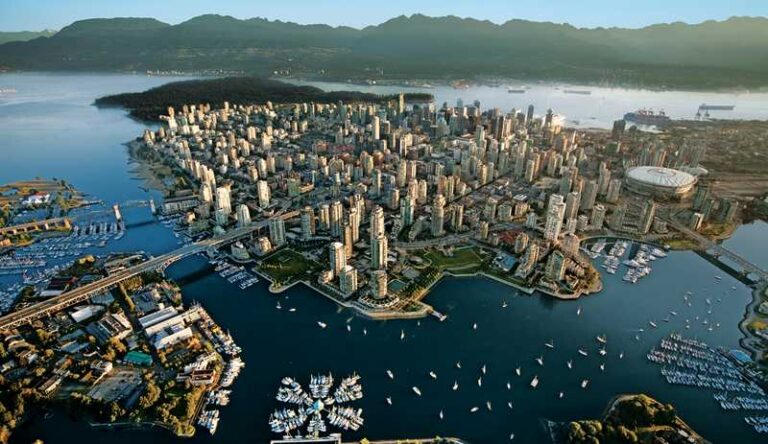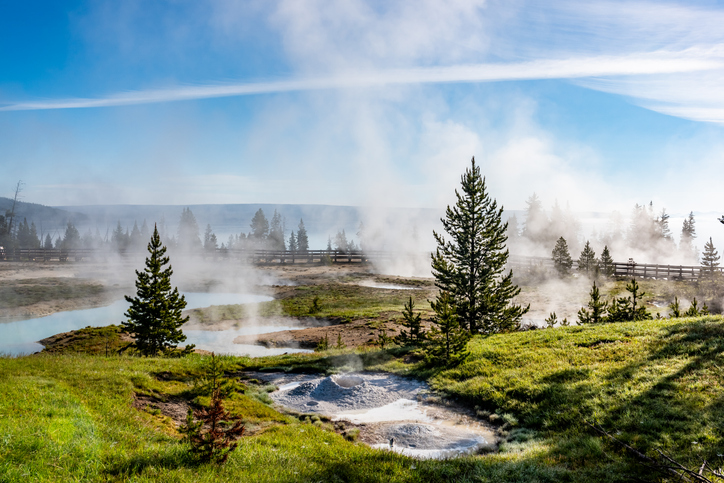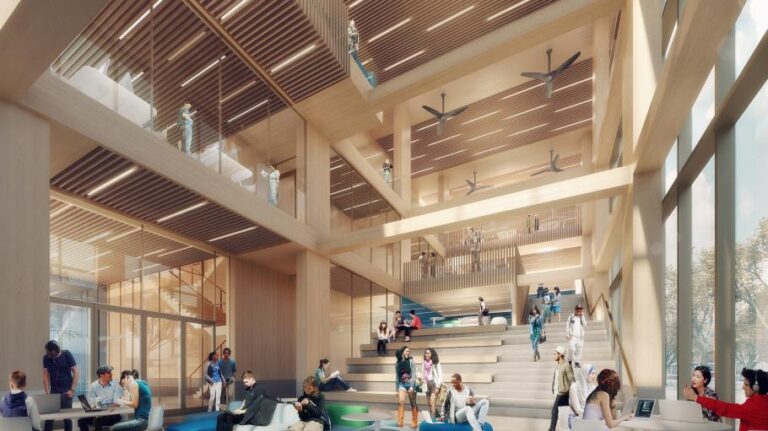Monday, September 29, 2025
On June 5, 2024, at the Building Lasting Change event, presented by the Canada Green Building Council® (CAGBC), the council introduced the latest version of its Zero Carbon Building – Design Standard™ (ZCB-Design). This standard has been updated to reflect evolving market needs and take advantage of new technologies and processes to accelerate the reduction of carbon emissions.
Like versions before it, the new ZCB-Design v4 prioritizes reductions in operational carbon emissions and embodied carbon, in addition to energy-efficient designs that promote good grid citizenship.
“The Standard goes further than ever before, evolving in lockstep with the market,” said Mark Hutchinson, vice president of Green Building Programs and Innovation for CAGBC. “Informed by hundreds of zero carbon building projects and the input of our Technical Advisory Committees, this new version of the Zero Carbon Building – Design Standard is raising the bar for requirements on embodied carbon and electrification, reflecting the direction of the Canadian real estate sector. Yet, we’ve retained the flexibility of multiple pathways to zero to ensure every project can begin their decarbonization journey today.”
The new Zero Carbon Building Standard was launched at CAGBC’s conference in Toronto, ON on Jun 5-6, 2024. Image Credit: CAGBC.
Market seeks to ensure future asset values
The Zero Carbon Building – Design Standard v4 addresses the building sector’s increasing need to achieve zero carbon buildings and deep carbon retrofits that can minimize emerging risks related to carbon and safeguard the value of building assets.
“The expectations of investors, tenants and policymakers are changing,” said Thomas Mueller, CAGBC’s president and CEO. “As real estate companies adopt ESG commitments and all levels of government implement climate policies, companies are increasingly required to follow and disclose their carbon emissions. With international carbon accounting and disclosure requirements bearing down on Canada, decarbonizing assets and whole portfolios is becoming a critical business priority. CAGBC is working with the Canadian real estate sector and governments to ensure efforts are aligned to drive toward tangible outcomes.”
The fourth iteration of the Zero Carbon Building – Design (ZCB-Design) Standard continues the trend of introducing greater rigour while ensuring flexibility to support the achievement of zero carbon across all buildings and regions. Changes the market can expect in the newest version of the Standard include:
Embodied carbon – With increased access to low-carbon materials, project data, and low-carbon training, ZCB-Design v4 sets more stringent requirements for embodied carbon. Pathways to reducing embodied carbon include improvement against a baseline or meeting an embodied carbon intensity threshold. Given the increase in warehouses and distribution centres pursuing ZCB certification, the new standard also differentiates their unique requirements.
Onsite combustion – Over 78 per cent of Canadian building emissions emanate from fossil fuel combustion for space heating and service hot water. ZCB-Design v4 continues the last version’s focus on eliminating combustion with new limits for space heating and the introduction of limits for service hot water production. Maintaining the Standard’s focus of getting more buildings to zero, faster, the Standard provides flexibility for multi-unit residential buildings, long-term care facilities, and other building types with high hot water demand.
Resiliency – ZCB-Design v4 includes detailed guidance for evaluating future design conditions and assessing the risks of overheating and wildfire smoke.
Good grid citizenship – As more buildings electrify to avoid carbon emissions, it is important that designs consider the impact of buildings on electrical grids in terms of load and peaking. ZCB-Design v4 introduces four good grid citizenship strategies under the Impact & Innovation requirement.
Refrigerants – With the decarbonization of building operations, more attention must be paid to fugitive emissions from refrigerants, which can be a significant source of greenhouse gases. ZCB-Design v4 expands the range of mechanical equipment that must be included and introduces caps for the global warming potential of refrigerants.
Zero Carbon Transition Plans – Over 75 percent of ZCB-Design certified buildings are fully electric. However, for those buildings that still rely on onsite combustion for some space heating or service hot water, ZCB-Design v4 provides additional guidance and new requirements including the evaluation and pricing of an alternative design approach that does not use onsite combustion. The Standard also includes guidance for buildings connected to district energy systems.
Zero carbon momentum builds
As the cost of carbon and the risks of climate change rise, the value of zero-carbon buildings will only grow. This industry shift is increasing interest in the ZCB Standards. Earlier this year CAGBC celebrated 100 buildings now certified as Zero Carbon Buildings. In addition, the following buildings achieved for the first time their fifth consecutive Zero Carbon Building – Performance Standard certification– Mohawk College’s The Joyce Centre for Partnership and Innovation (Hamilton, ON), and LeMay’s Phenix (Montreal, QC). The ZCB Standards are one of several initiatives that CAGBC is leading to fast-track Canada’s building sector in zero carbon approaches.
Featured image: “We are at a green tipping point for the built environment,” said Guy Grainger, global head of Sustainability and ESG Services at JLL, speaking at the CAGBC BLC event on June 6, 2024. Credit: John Tenpenny/Actual Media Inc.













